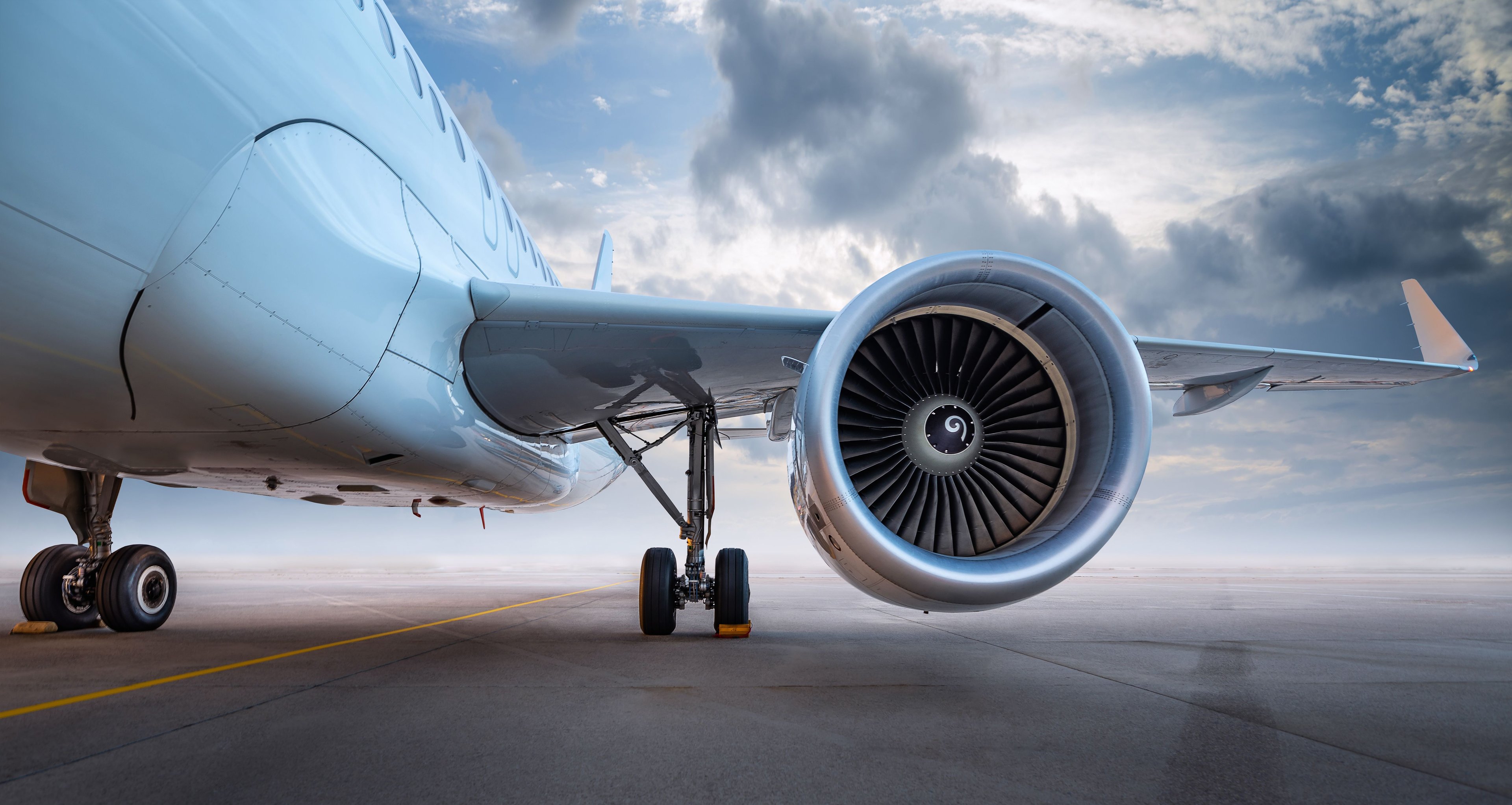Last week, shares of Hawaiian Holdings (HA +0.00%) posted double-digit gains after the company raised its second-quarter unit revenue guidance.
In the past two days, the stock has given back all of those gains and then some. Hawaiian Holdings shares fell back below the $50 mark on Wednesday morning.
Hawaiian Holdings Stock Performance. Data by YCharts.
This sudden panic can be traced to a recent announcement by United Continental (UAL +0.05%) that it will add flights to Hawaii this December. Yet Hawaiian Holdings investors shouldn't fear United's growth in Hawaii.
Strong unit-revenue trends at Hawaiian Airlines
For more than a year, Hawaiian Airlines has posted the best unit-revenue growth in the U.S. airline industry. While the carrier is starting to face tougher year-over-year comparisons, it is still gaining unit-revenue momentum. Back in April, Hawaiian had forecast that revenue per available seat mile (RASM) would rise 5.5%-8.5% this quarter, roughly in line with its Q1 increase. It now expects to post an even stronger 7.5%-10.5% gain.
Some of this RASM growth is being driven by the rollout of lie-flat seats in first class on more routes and the addition of more extra-legroom economy seats on Hawaiian's A330 fleet. Additionally, capacity between the West Coast and Hawaii hasn't been keeping up with demand recently.

Hawaiian Airlines is installing lie-flat first class seats on its A330s. Image source: Hawaiian Airlines.
There are few barriers to entry and expansion in most air travel markets. Thus, it's hardly a surprise that at least one airline is reacting to the current imbalance in the West Coast-Hawaii market by adding capacity there.
United doubles down on Hawaii
On Tuesday, United Airlines announced that it will increase service on 11 routes to Hawaii as of December 20 -- just in time for the Christmas peak travel period.
Interestingly enough, United doesn't plan to add any additional flights to Honolulu. Instead, it will boost service to destinations on the other islands. From Denver, it will offer daily flights to Kona, Lihue, and Maui on a year-round basis, rather than seasonally. From Chicago, it will increase flights to Maui from one per week to five per week.
United already flies at least once a day from its Los Angeles and San Francisco hubs to Kona, Lihue, and Maui. However, it will add an additional daily flight on all of those routes beginning in December, with the exception of the San Francisco-Maui route, which gets two extra daily flights.
This won't impact Hawaiian Airlines very much
Hawaiian Airlines doesn't even fly to Chicago and Denver, so it won't be affected by United's capacity growth there. Even in Los Angeles and San Francisco, it only offers nonstop flights on a handful of the routes where United is adding service. (Hawaiian has daily flights from San Francisco and Los Angeles to Maui, daily flights from Los Angeles to Lihue, and seasonal flights several times a week from Los Angeles to Kona.)
Additionally, as a hub-and-spoke carrier, United Airlines carries lots of connecting traffic to Hawaii. Offering more frequent flights to Hawaii will allow it to offer better connecting schedules, which could further increase the importance of connecting traffic for its Hawaii flights. By contrast, Hawaiian Airlines focuses much more on the point-to-point market.

United has a different business model than Hawaiian Airlines. Image source: United Airlines.
Most importantly, Hawaiian Airlines earns a substantial unit-revenue premium over rivals in the West Coast-Hawaii market. Hawaiian's superior service will continue to differentiate it from United Airlines, dampening the unit revenue impact of the latter's growth.
Hawaiian Holdings stock is mighty cheap
After its recent plunge, Hawaiian Holdings stock trades for less than nine times earnings. This seems too low in light of the company's earnings growth opportunities.
In early 2018, Hawaiian Airlines will begin to rapidly replace its aging Boeing 767s with new state-of-the-art Airbus A321neos. The A321neos will have lower unit costs than the current 767 fleet. They should also produce significantly higher unit revenue due to their smaller size and their optimized configuration that features lots of extra-legroom economy seats.
The A321neo's unbeatable economics will help Hawaiian Airlines weather any competitive threat from United Airlines. Notwithstanding this week's news, Hawaiian Holdings still has solid prospects for long-term EPS growth. The recent bout of panic thus presents a great opportunity to invest in one of the best-performing airlines in the United States.





